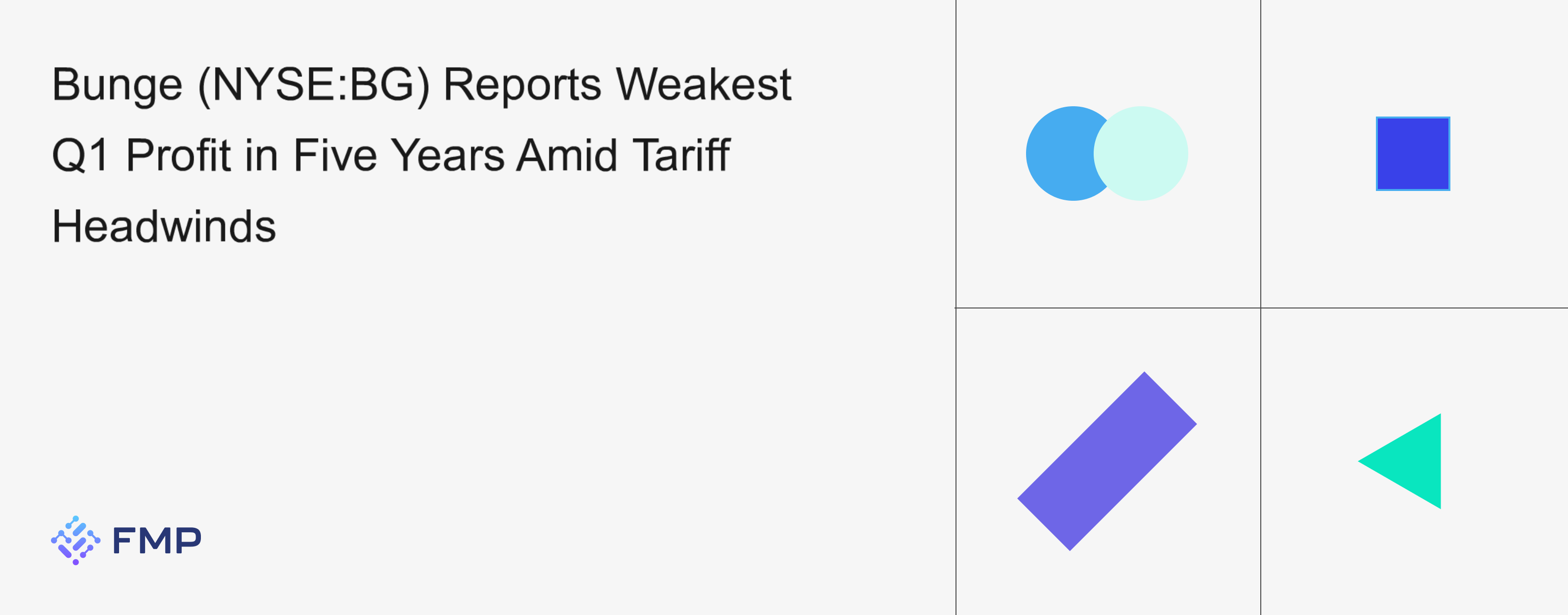
Bunge Ltd. (NYSE:BG) posted a smaller-than-expected drop in first-quarter earnings on Wednesday, as short-term export demand—fueled by rising global tariffs—provided a modest cushion to an otherwise challenging operating environment. The agricultural commodity giant continues to face pressure from weak oilseed crush margins in North America and Argentina, as well as reduced returns from ocean freight operations.
Financial Snapshot: Q1 Earnings Drop Narrower Than Forecast
Although Bunge’s first-quarter performance marked its weakest in five years, adjusted earnings beat some analyst expectations. The stock responded with a 1.1% pre-market gain, trading at $79.01.
Investors and analysts tracking corporate profitability trends in the agribusiness sector can dive into Bunge’s quarterly earnings history using the Earnings Historical API, which offers a detailed view of EPS and revenue performance across time.
Agribusiness Outlook Remains Under Pressure
Bunge reaffirmed its 2025 earnings guidance of $7.75 per share, though it warned of a weaker outlook for its core agribusiness division, which has been hit hardest by trade policy uncertainty and margin compression. If this guidance holds, 2025 could mark Bunge’s lowest annual profit since 2019, according to LSEG data.
Viterra Deal Still Pending
Despite market headwinds, Bunge is progressing with its acquisition of grain handler Viterra, awaiting final regulatory clearance. CEO Greg Heckman noted that the company benefited from “tariff-related timing shifts in demand and farmer activity,” but acknowledged ongoing uncertainty.
Industry-Wide Pressure
Bunge is not alone in its struggles. Rival Archer-Daniels-Midland (ADM) also reported its weakest Q1 profit in five years and revised its 2025 outlook downward, citing similar trade friction and thinning margins.
At CWEB, we are always looking to expand our network of strategic investors and partners. If you're interested in exploring investment opportunities or discussing potential partnerships and serious inquiries. Contact: jacque@cweb.com

